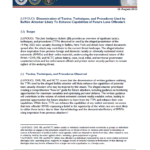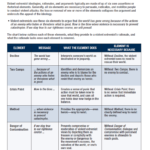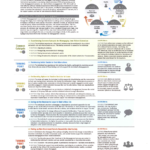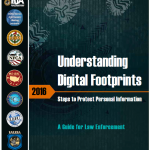
This Joint Intelligence Bulletin (JIB) provides an overview of significant tactics, techniques, and procedures (TTPs) discussed or used by the alleged perpetrator of the 14 May 2022 mass casualty shooting in Buffalo, New York and details how related documents spread after the attack may contribute to the current threat landscape. The alleged attacker drew inspiration from previous foreign and domestic racially or ethnically motivated violent extremists (RMVEs) and their online materials, underscoring the transnational nature of this threat. DHS, FBI, and NCTC advise federal, state, local, tribal, and territorial government counterterrorism and law enforcement officials and private sector security partners to remain vigilant of this enduring threat.
Read more →





